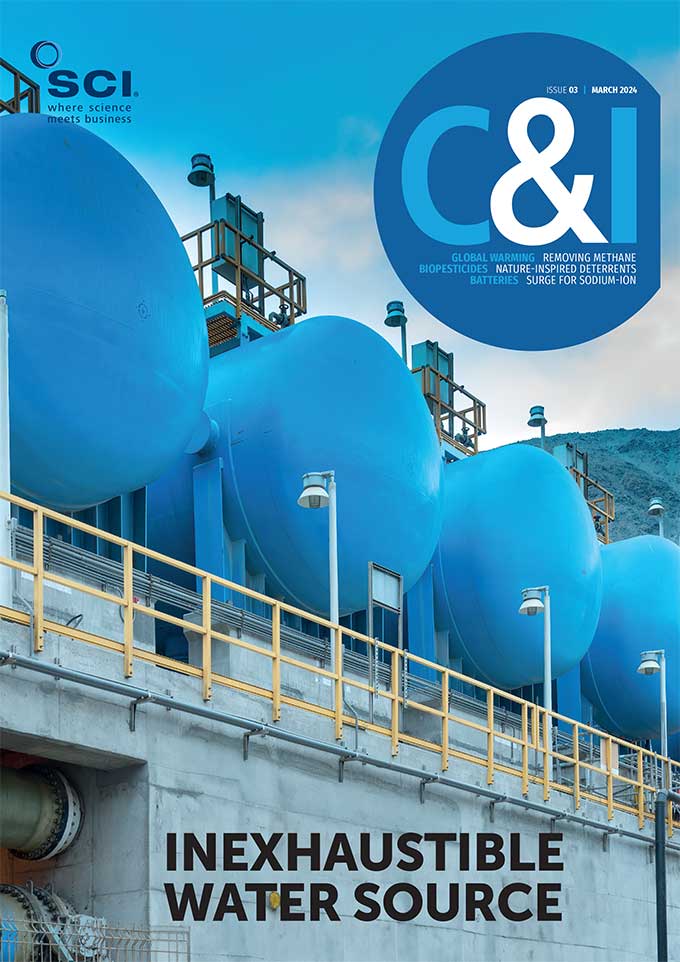BY NEIL EISBERG, EDITOR | 15 MARCH 2024
While the news is full of stories about the impact of AI on manufacturing and finance, for example the concept cryptocurrency, some researchers are looking to use the technology to delve into the origins of life on Earth – a subject that has exercised many researchers over the decades.
While some scientists have been searching for evidence of molecular building blocks, the so-called prebiotic molecules of the first signs of life, others have been looking for real examples of the first evidence of actual life and the ecosystems that might have supported it.
Expressed simplistically, cryptocurrency is typically produced or ‘mined’ through the use of blockchain technology by setting a computer to perform a complex mathematical problem in exchange for tokens of cryptocurrency. These tokens form a block of transactions that are added to a blockchain, a distributed digital ledger of all such transactions.
A team of chemists has repurposed this process by asking computers to produce the largest network ever created of chemical reactions that may have produced the prebiotic molecules of early Earth. The work has also indicated that some early forms of metabolism might have emerged without the involvement of enzymes, which have generally been thought to provide the impetus to create prebiotic molecules and eventually life in the form of microorganisms (Chem, doi: 10.1016/j.chempr.2023.12.009).
Senior author Bartosz A. Grzybowski, of the Korean Institute for Basic Science and the Polish Academy of Sciences has said: ‘At this point we can say we exhaustively looked for every possible combination of chemical reactivity that scientists believe to have been operative on primitive Earth.’
To begin the process, his team chose a set of starting molecules likely to be present on early Earth, such as water, methane and ammonia, and set rules about which reactions could occur between the different molecules. This was then translated into a language that computers could understand and the blockchain was used to calculate which reactions could occur over multiple expansions of the reaction network. Together with specialists at Allchemy, a company that uses AI for chemical synthesis planning, the network, named Network of Early Life (NOEL), was generated.
The work on NOEL began with over 11bn reactions, which were then narrowed down to 4.9bn plausible reactions. However, of these 4.9bn reactions, the number of reaction cycles that could self-replicate, something that has been suggested as crucial for the emergence of life, were only numbered in the hundreds, meaning that further reactions would be needed, possibly involving enzymes, to reproduce the necessary self-replication.
Perhaps the most important finding from this research is that by using hundreds of computers around the world in such a fashion, the time required to produce results can be dramatically reduced and the work can be carried out by smaller institutions without huge resources and super computers, but with access to groups of computers. ‘ You could create this computing infrastructure without any capital expenditure,’ noted Grzybowski.
The next step up in evolution from complex prebiotic molecules like sugars and amino acids is the emergence of simple microorganisms, the earliest form of life on Earth. An international research team drawn from Linnaeus University in Sweden and the University of Göttingen, Germany, has been examining South African rocks for evidence of early ecosystems that were home to microbial communities.
Using a combination of macro- and micro-scale techniques to identify indigenous biosignatures in the rocks, which date back 3.42bn years, the team has found evidence of a diverse biological carbon cycle in the rocks. Analysis of the carbonaceous matter and accompanying mineral phases revealed photoautotrophs, autotropic sulfate reducers, and possible methane and/or acetate-producing and consuming microorganisms (Precambrian Research, doi: 10.1016/j.precamres.2024.107289).
‘Our study opens a rare window into early ecosystems on Earth. We did not expect to find traces of so many different metabolisms. It was like finding the needle in the haystack,’ said first author of the study, Manuel Reinhardt. ‘In early life science, it is crucial to have supporting evidence from various angles to clearly identify indigenous biological traces,’ he added.
Senior study author Henrik Drake, from Linnaeus University, explained: ‘The identification of carbonaceous particles in primary pyrite crystals and the direct micro-analysis of carbon and sulfur isotopes on these materials provided us a rare opportunity to identify different microbial metabolisms in these ancient systems.’
Theories about how life began on Earth have remained theories for many years, but now the combination of new techniques like AI with the ever more sophisticated ability to perform increasingly detailed chemical analysis is turning those theories into facts.
We have certainly come a long way from those early attempts to recreate Earth’s early atmosphere in a glass chamber filled with water, methane and other simple molecules and simulating the effect of lightning to initiate chemical reactions to create those prebiotic molecules.




